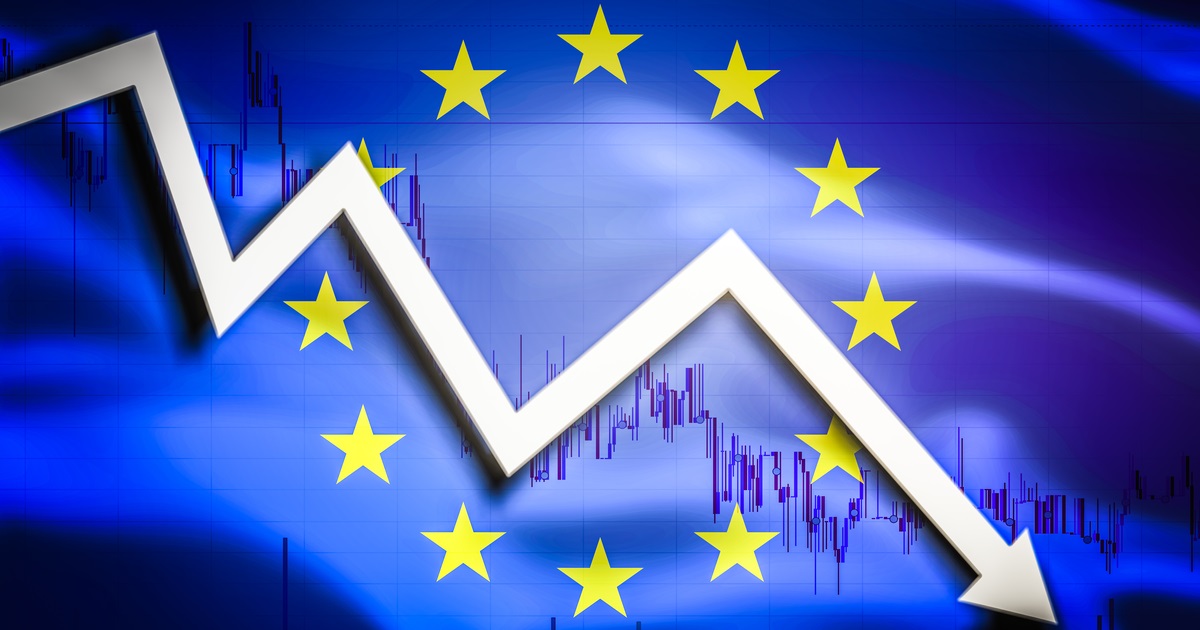
News Global Market EU 2500 31 October 2023
The economy of the European Union grew by 0.1% q/q in July-September
In July-September 2023, the GDP of the eurozone decreased by 0.1% compared to April-June 2023. Compared to the third quarter of 2022, the economy of the Eurozone grew by 0.1%. This is evidenced by the previous Eurostat’s data.
Analysts, on average, predicted that the GDP of the Eurozone would remain unchanged quarter-on-quarter and grow by 0.2% year-on-year at the end of the third quarter.
The economy of the European Union in the III quarter of 2023 grew by 0.1% compared to the previous quarter. In annual terms, EU GDP grew by 0.1% in the third quarter.
Germany’s GDP for July-September decreased by 0.1% q/q and by 0.4% y/y. France – increased by 0.1% q/q and 0.7% y/y, Italy – increased by 0.3% q/q and 1.8% y/y, showing the highest annual growth among EU countries. The economy of Spain remained at the level of the previous quarter and the III quarter of 2022.
According to the revised data, in April-June 2023, the eurozone economy grew by 0.2% compared to the previous quarter and by 0.5% y/y. EU GDP grew by 0.1% q/q and y/y during this period.
The European Commission worsened the prognosis growth in the eurozone economy for 2023 and 2024, as inflation is still too high, consumer spending declines and Germany, the region’s largest economy, slips into recession. It is expected that the GDP of the Eurozone will grow by 0.8% in 2023 and by 1.3% in 2024. These figures are lower than the May forecasts of 1.1% and 1.6%, respectively.
As GMK Center reported earlier, industrial production in the Eurozone and the European Union adjusted for seasonal changes in August 2023 increased by 0.6% compared to the previous month. Compared to August 2022, industrial production in the Eurozone fell by 5.1%, in the EU – by 4.4%.
Inflation in eurozone in September 2023 increased by 4.3% y/y slowing down from 5.2% in August. Thus, inflation in Europe updated the minimum since October 2021.




